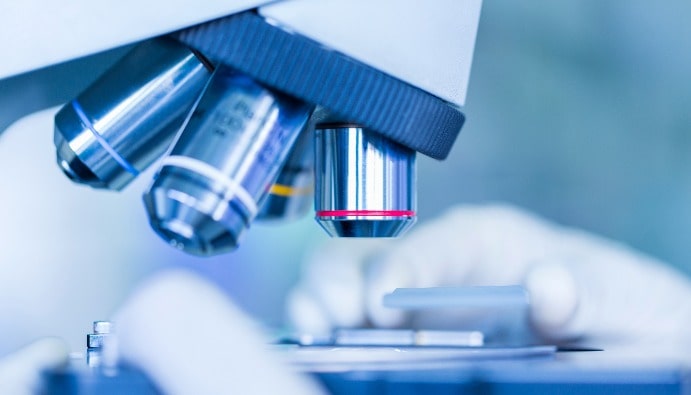Fungicidal and Yeacidal Activities: Antifungal Activity Test
Evaluation of Fungicidal and Yeacidal Activities in Biocidal Products

What is Fungicidal and Yeacidal Activity?
- Fungicidal Activity: The ability to kill mold and filamentous fungi. Examples include molds such asAspergillus niger.
- Yeacidal Activity: The capacity to neutralize or kill yeast cells. Examples include pathogenic yeasts such asCandida albicans.
Antifungal activity distinguishes between products that stop the growth of microorganisms (fungistatic) and those that kill them completely (fungicidal).
These tests are performed to determine the efficacy of disinfectants and antifungal agents, especially those used in the healthcare sector, food industry, agriculture and personal care products. These assessments are important to prevent health risks and economic losses caused by fungi and yeasts.
Application Areas of Fungicidal and Yeacidal Tests
- Healthcare Sector: Disinfection of hospital and laboratory equipment and development of antifungal drugs.
- Food Industry: Preventing fungal and yeast contamination in food processing plants and testing the efficacy of food preservatives.
- Personal Care Products: Prevention of fungal growth in shampoos, creams and cosmetics.
- Agriculture and Environment: Protection of agricultural products from fungal infections and prevention of mold growth in wood and building materials.
What are the Antifungal Efficacy Test Methods?
Antifungal efficacy tests are usually performed in accordance with international standards (e.g. EN 1650, ASTM E2315). These tests measure how effective biocidal products are against specific fungal and yeast species.
1. Microdilution Method: A test method to determine the Minimum Fungicidal Concentration (MFC).
- Method: Fungal or yeast culture is incubated with different concentrations of the biocidal product. The concentrations at which growth stops and complete killing is measured.
2. Culture Method: This is a test method to determine the killing effect of the biocidal product on fungi or yeasts.
- Method: The sample is taken and contacted with the biocidal agent for a certain period of time. Then, the viability rate is measured by inoculation on selective media.
3. Disk Diffusion Method: It is a test method to measure the antifungal activity zone of the product.
- Method: Disks containing the biocidal product are placed on an agar coated with fungus or yeast. The efficacy of the product is evaluated by measuring the diameter of the inhibition zone.
4. Suspension Tests: It is a test method to measure the capacity of the product to kill fungi and yeasts after a certain period of contact.
- Standard: Complies with European standards such as EN 1650.
5. Minimum Inhibition Concentration (MIC) Test: A test method to determine the lowest concentration at which the product stops growth.
- Method: Different dilutions of antifungal agents are tested and growth is observed.
6. Surface Tests: To determine the viability of fungi and yeasts on surfaces.
- Method: Surfaces treated with biocidal agents are contaminated with fungal spores. The reduction in the number of spores is measured.
What are the Fungal and Yeast Species Tested?
- Fungi:
- Aspergillus niger
- Penicillium spp.
- Trichophyton mentagrophytes
- Yeasts:
- Candida albicans
- Saccharomyces cerevisiae
Factors Affecting the Efficacy of Antifungal Products
- Concentration: Efficacy depends on the active substance concentration of the biocidal product.
- Contact Time: Spores and fungi may require longer contact time.
- Ambient Conditions: Factors such as pH, temperature and humidity can affect efficacy.
- Presence of Organic Matter: Organic substances can reduce the effectiveness of biocidal products.
Nanolab Laboratories Group continues to provide services within the scope of Evaluation of Fungicidal and Yeacidal Activities. We also provide services in Antibacterial Evaluation.
Contact us for more information.
You can follow us on LinkedIn for up-to-date news and posts about our services.
Follow our Instagram account to be informed about our latest blog posts.

